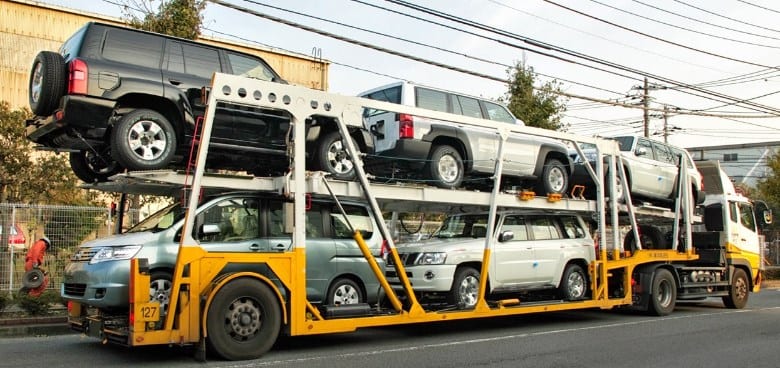For a lot of people, a car is their source of pride and joy. However, owning a car also entails a lot of responsibilities. So, when a situation arises where you need to transport your car to someplace is, your main responsibility is to make sure it will be done as safely as possible.
But how can you do it? Can you try and do it yourself, or should you put your car into someone else’s hands by using a transporting company? These are all viable options, but there are of course pros and cons for each one.
If you choose to do it yourself, you can be sure that the car will be handled properly. But this is a big job to do on your own and if you are traveling a long distance, it could be even more difficult.
On the other hand, a transporting company handles vehicles all the time and you don’t have to worry about traveling far distances. However, there’s a risk of possible mishandling and damage. Not to mention, the costs would not be cheap.
How To Transport A Car Safely On Your Own
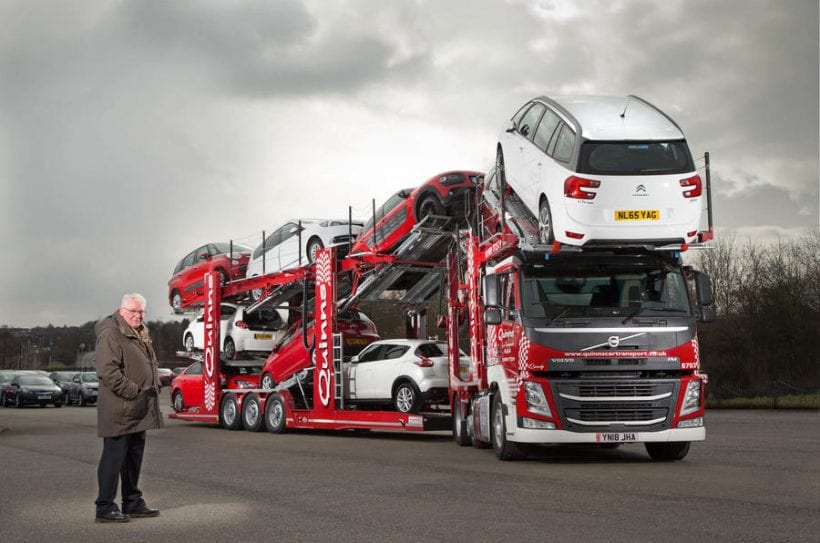
Depending on how far you are going, transporting the car yourself might be easier. If you are going on holiday, selling your vehicle, or moving house locally, it might be harder to justify the cost of hiring a transporting company. In such instances, you are probably going to want to do the job yourself and you could even do it safely without any troubles.
There are a few ways to safely transport your vehicle from one location to the other. The first is to drive it yourself. This is what many people who are relocating or going on a holiday would do.
The second is to get someone else to drive it. If you have more than one vehicle and you are moving houses, getting your partner or a friend to drive the other vehicle would be your best bet. The last option, however, is to tow the vehicle yourself using a properly manufactured car float/trailer.
The number one thing you should be concerned about is safety. You don’t want to throw your transporting vehicle off balance, nor damage the towing vehicle, or have the car do any damage to itself or someone else’s vehicle.
Tips To Ensure Safety While Transporting Your Car
It’s always good to consult a professional or ask someone who knows who has done this thing before. But here are some tips you can start with so you will know the basics of how to safely transport your car.
-
Buy Or Rent A Float Trailer
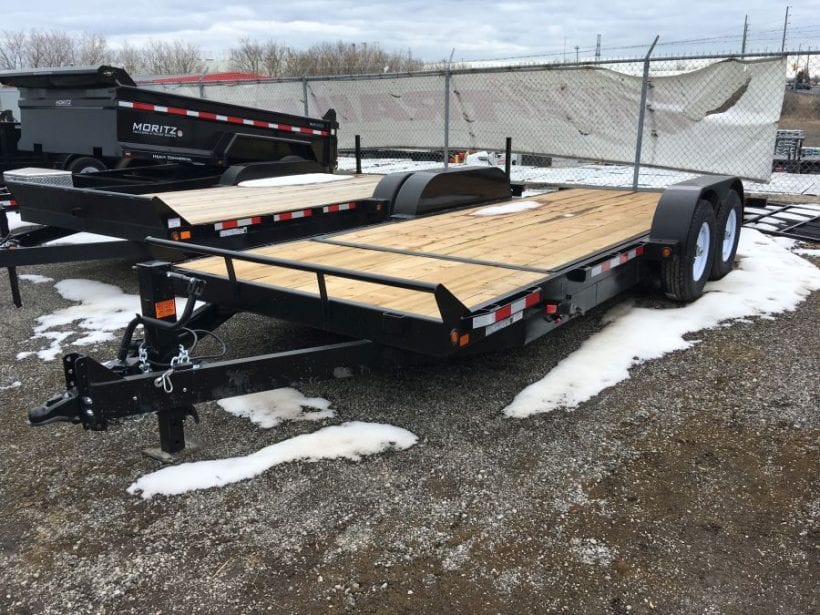
If you need a reliable form of transportation, a custom float/trailer would be your best bet. There are places out there that offer customizations that can work for the specifications of your vehicle, while also following correct safety regulations.
To have a general idea of what kind of trailer you might need, head over to felks.com.au to check out their range of trailers, sizes, and services. Many trailer companies have different types of trailers for all sorts of vehicles, but you need to choose the right one for your vehicle.
-
Check Specifications
When choosing a trailer, make sure you double- and triple-check the right specifications for your vehicle. Get a quote from a reputable company and check it out in person before placing your order. It’s also a good idea to have someone from the company check out your vehicle so they can properly suggest a good trailer as well. If your car has been modified in any way, that might change the kind of trailer you need.
While it’s a good idea to browse online, remember that you should not make any purchase without seeing the product physically and in person first—especially for an item like this. You don’t want to be scammed or to have information misinterpreted online or over the phone. Otherwise, it will only risk the safety of your vehicle upon transport.
-
Closed Or Open Trailer
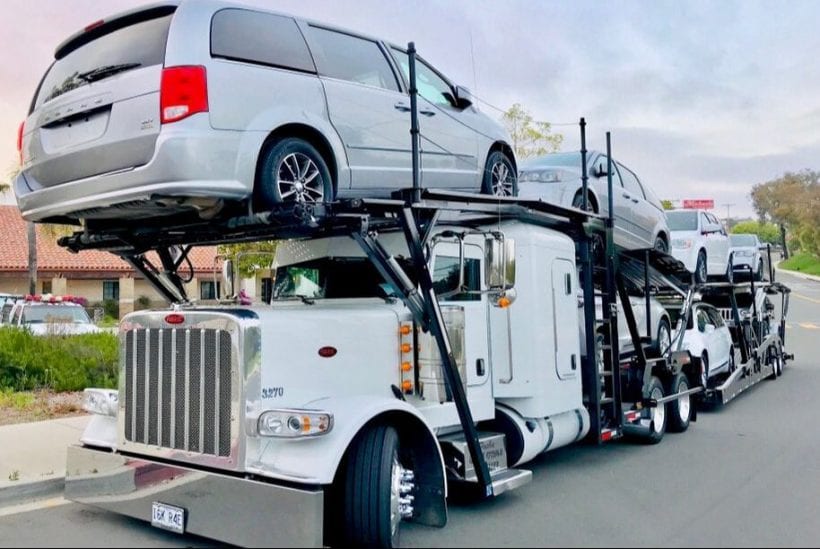
You can acquire open trailers—no rails, cage, or enclosed space. This is the more typical design and is also safe as long as the proper protocols are followed. You can opt for a closed trailer for protection though, especially if you’re carrying vintage cars or bigger vehicles like 4WDs that might need rails or some form of barrier for safety reasons.
However, transporting companies also charge more for enclosed travel options. But it is the best option for vintage or expensive luxury vehicles that you do not want to get damaged under any circumstances. It may not be necessary if you are transporting a rundown family vehicle.
-
Learn How To Properly Load Your Car
If you do decide to get your own trailer, you must know how to load your car safely onto it. First, make sure to check the floor of the trailer, and look for signs of bending or damage. Aside from that, check if all its tie-down straps are properly fastened. Any looseness could cause the car to shift during transport and put the trailer and the driving vehicle off-balance.
Your transport vehicle and trailer should be parked in line with each other on a firm, flat surface to be coupled properly. Once coupled, you can load your car onto the trailer. The next step is to place blocks under the wheels of your trailer, to keep it stable. If it has ramps, fold them from the storage position. If not, make sure they are secured onto the end of the trailer before loading. Align the ramps with tires, then slowly drive the car up the ramps, and onto the trailer.
It’s always a good idea to keep your trailer in check and make sure it’s upgraded with all the right modifications. Most of all, check if everything is working and that any required repairs are done before you proceed to use it.
-
Mind The Weight
When loading your car, remember that you need to have roughly 60% of the weight at the front of the trailer. It’s always good to get someone to help you, so they can stand on the side and guide you into the correct position and achieve the desired weight distribution.
You may also want to watch out for any bowing or buckling near the coupler between your trailer and your transporting vehicle. As most trailers are only equipped with wheels at the rear, having a little more weight at the front of the trailer will keep it level.
-
Secure Your Car Properly
You can secure your vehicle using chains, straps, or some form of tensioning tool like cable ties. Fasten these straps through the tires—front and back—before you start your journey, then double and triple-check their tightness. As you travel along, stop and check the straps or chains from time to time. This way, you could be sure that the car is still safely fastened and secured to the trailer.
Make sure you are using the correct fastening tools, straps, or chains. You don’t want to accidentally damage your vehicle or cause any accidents because you bought straps from the two-dollar store or used an old set you had lying around. Therefore, you must invest in a strong set of straps or chains. You might even want to double down and secure your car with more than one set of straps.
-
Drive Safely
Aside from checking the chains and straps from time to time, you must also stop to check for tire pressure, trailer connections, and lights. Having faulty or disconnected lights on your trailer could be very dangerous, so make sure you check these before and during your travels.
Be sure to travel slowly and surely at around 55 miles per hour or even less. As a rule of thumb, you should break early, avoid sharp turns, don’t ride your breaks downhill, and of course, always wear your seatbelt. Safely driving a trailer is quite different from regular safe driving. So, do observe extra care and diligence while you’re at it.
The final and unofficial eighth tip is to look into a car transport company. If you are not comfortable with doing all these things on your own, getting professional help is your best bet. After all, vehicles are very big and can be very difficult to maneuver, especially if you haven’t done it before.
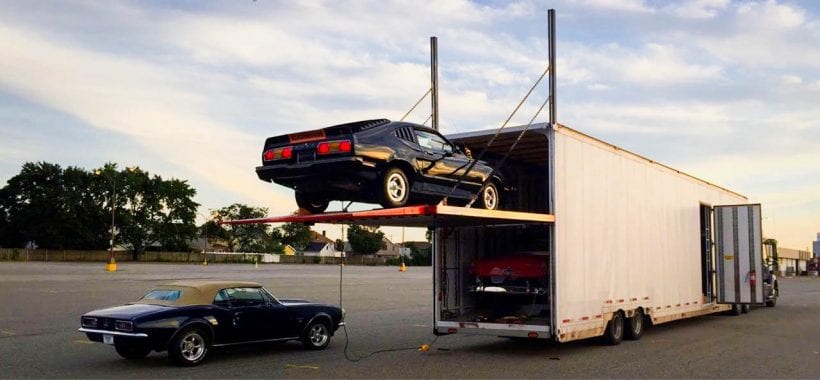
Conclusion
If you are moving your vehicle for long distances, such as interstate or cross-country travels, a transport company could save you a lot of time. You can just sit back and relax, knowing that your car is safely making the long trip with a reliable trailer service.
If you do decide to transport the vehicle yourself, make sure you buy or hire the right float/trailer, and follow all the safety procedures outlined above. Your trailer provider could also help give you tips and suggestions on how to load your car and drive the trailer safely.

